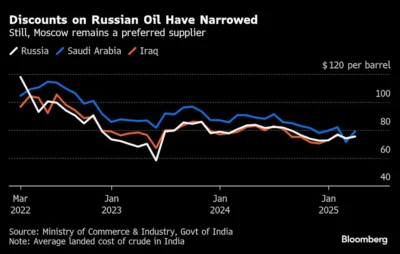Coinbase missed Wall Street expectations in the second quarter despite a modest 3.3% year-over-year revenue increase to $1.5 billion.
Analysts had forecast $1.59 billion. Shares of the crypto exchange fell following the release, as broader macro concerns and renewed tariff announcements compounded the earnings miss.
According to a note from Kaiko Research, the underperformance was not unusual, pointing to Coinbase’s heavy reliance on trading volumes.
“Monthly trading volume on Coinbase (NASDAQ:COIN) Exchange declined steadily during the quarter, from $89 billion in April to below $57 billion in June,” Kaiko said.
By contrast, first-quarter volumes never dipped below $100 billion.
The decline came despite Bitcoin hitting record highs in May, reflecting an unusual decoupling between asset prices and trading activity.
“The drop in the second quarter coincided with reduced market volatility, even though BTC prices reached record highs,” Kaiko added.
This volatility-driven revenue model is said to underscore why Coinbase is aiming to evolve into what Kaiko described as an “everything exchange.”
The company wants to reduce its dependence on transactional income and emulate super apps like China’s WeChat and Alipay, which offer an ecosystem of services beyond core payments.
“The reliance on hype and market moves highlights a key reason the exchange wishes to be seen as a super app,” Kaiko wrote, adding that such a shift could stabilise revenue and expand the company’s long-term value proposition.
Coinbase’s broader ambition comes as the exchange faces pressure to diversify its revenue streams and better navigate the cyclical nature of the crypto market.













